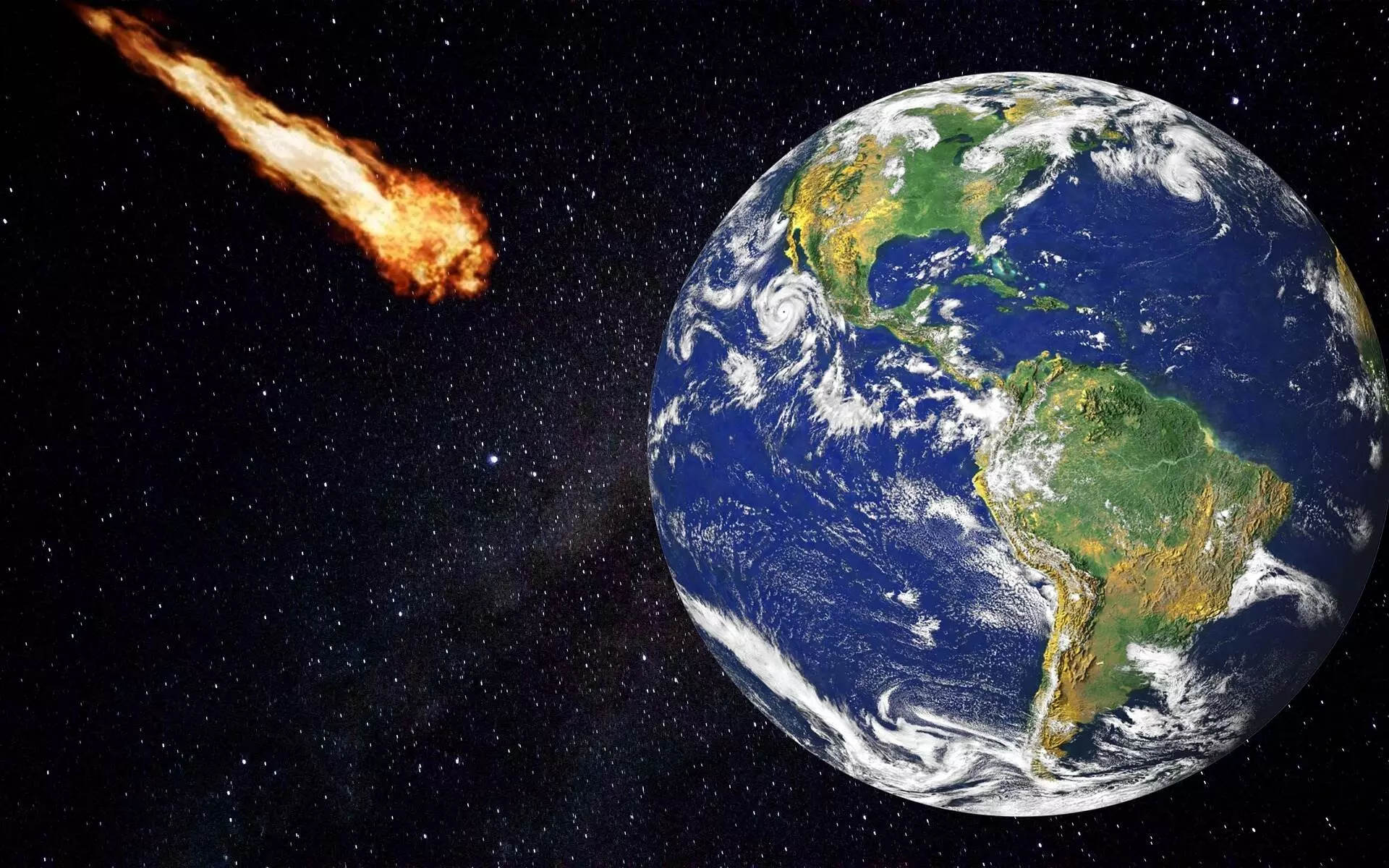Unsolicited tinkering
Tech-driven deflection of asteroids might sound good from the perspective of avoiding future collision, but it can negatively impact the normal trajectory of celestial bodies

Earlier in September, there were reports about a mysterious ‘moving train’ of lights spotted in the sky over some states in India. The dotted trail of lights was moving like a train. Maybe some other similar beings of other celestial bodies commonly referred to as 'Aliens' might have already developed some sort of train which the researchers in India are thinking of building, maybe to travel within their planet or to other celestial bodies. Many speculate that the trail of lights moving like a train could be Unidentified Flying Objects (UFOs) while others thought that was a celestial event. As is the practice in India, many people even started offering prayers to the lights from their rooftops. In science-fiction movies such as 'Interstellar', 'Elysium', etc. one hears of spacecraft rotating to create artificial gravity or buildings built with artificial gravity. In reality, space travel or the space odyssey can be rough, reportedly causing bone loss, kidney stones and back pain to astronauts.
As per reports, researchers from some Universities have proposed constructing artificial gravity buildings some to the tune of a giant 400-metre-tall rotating structure such as a Lunar Glass that could support life on the Moon and also reduce health risks to humans in space and perhaps elsewhere to create artificial gravity imitating living conditions on our planet. Every 20 seconds, Lunar Glass rotates using centrifugal force to achieve normal gravity conditions. A similar facility called Mars Glass is proposed for Mars. It is said the researchers have also proposed an interplanetary transportation system that maintains Earth-like gravity en route called the Hexatrack system. According to the researchers, this space train will generate its gravity while it travels between Earth, the Moon and Mars. Scientists have cautioned that constructing the full-size facilities will take around 100 years, although they hope to build a simplified version on the Moon by the year 2050.
Similarly, after the recent report of the crash landing of a rocket on the surface of the moon, there were some other reports about National Aeronautical Space Agency (NASA) intentionally crashing its Rs 2,500 crore Double Asteroid Redirection Test (DART) spacecraft into the 530 foot-wide football stadium-sized asteroid, Dimorphous, at a speed of 24,000kmph to potentially change its trajectory. Though no threat to Earth was detected it was singled out by NASA to test a deflection technique just to test its capability to deflect the asteroid, that is, a test to determine if the impact can nudge the space rock slightly off its course, to be used in future in case it is found that any hazardous asteroid is on a collision course with Earth.
This was the first-ever mission of NASA to test technology for defending Earth against potential asteroid or comet hazards and it can be said that it is humanity's first attempt to alter the motion of any celestial body and also succeeded. Dimorphous is an asteroid moonlet, orbiting around a larger asteroid named Didymos. This is the first demonstration of the Agency's planetary-defence initiative to protect Earth from the possibility of a hazardous collision with an asteroid. If in the future any such celestial rock is spotted to be heading towards our planet, similar spacecraft could be sent to ram it just as DART has done.
What if any asteroid much bigger in size comes towards Earth in future? Though none of the giant asteroids are identified as posing a risk for the foreseeable future, still it can be said that Science can not stop very big celestial bodies from coming towards our Planet with full force. If we disturb the otherwise calm asteroids just for testing purposes and even if we had succeeded in deflecting the small Asteroid's path this time, it might have an impact on the movement of other celestial bodies and might be that the normal trajectory of the celestial bodies gets disturbed and one starts to collide with another gradually making some big impacts.
Space technology development is good and should be used for development but might also have adverse effects if we purposely cause the movement of other celestial bodies. It is reported that some kind of celestial body had hit our planet which led to the extinction of dinosaurs thousands of years ago and the kinds of efforts such as deflecting the trajectory path of such bodies are being made to avert any such occurrence in future, but it is highly doubtful if our technology has so much capability to stop any such catastrophe which might be of much greater magnitude and to stop or divert any approaching large-sized celestial body towards Earth in any further future, if at all.
Views expressed are personal



